Explore Galle Fort Through the Lens of Locals
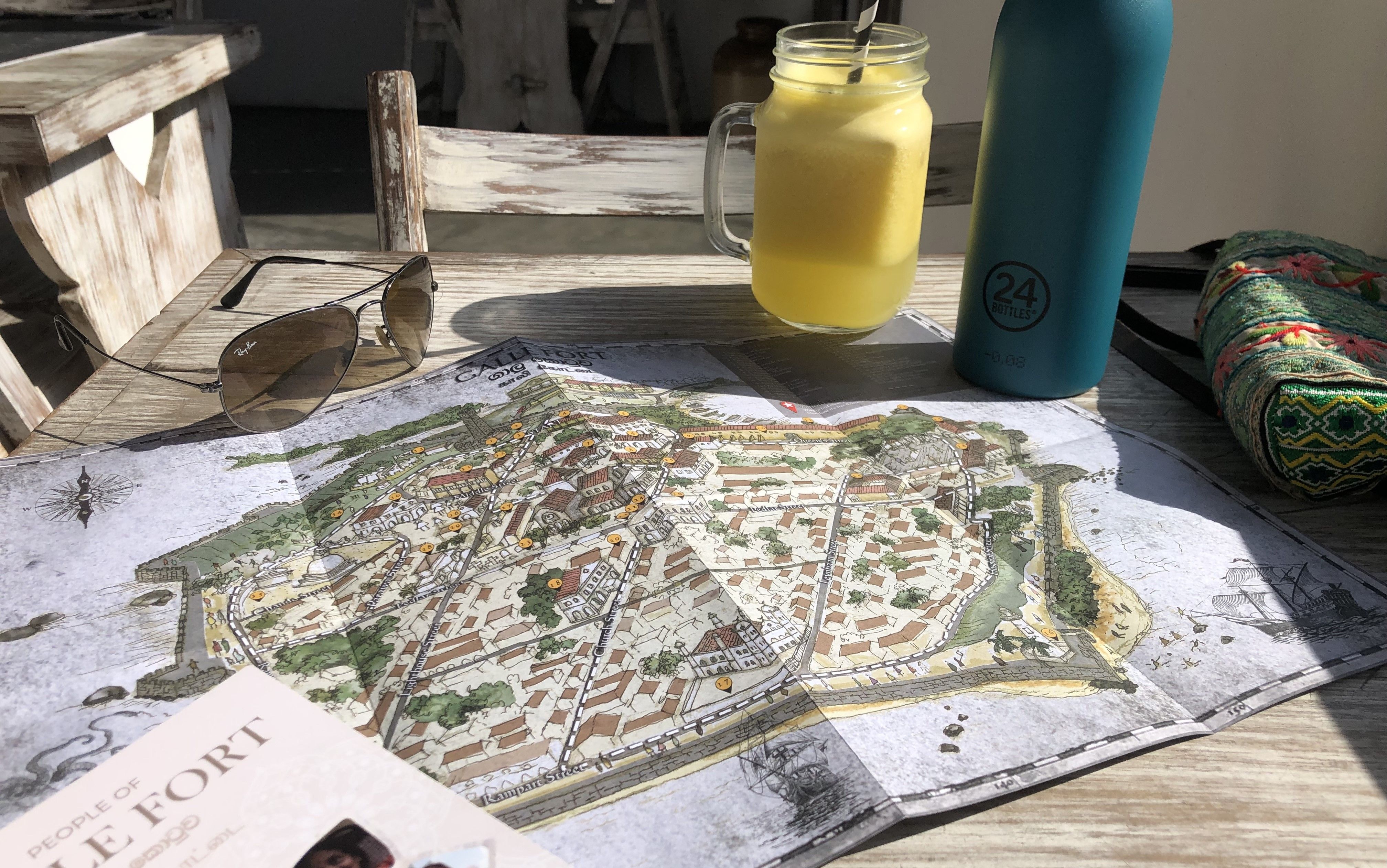
Galle is a gem of a heritage town. The glorious UNESCO-listed old fort with its red-roofed, white-washed colonial houses wins top accolades in the category of charming historic travel destinations. A walk around the narrow cobblestone streets catapults you back to days long gone. But more than the buildings, it’s the people that make this place unique. Galle Fort is a potpourri of ethnicity with a cosmopolitan vibe, a vivid reminder of its multicultural past. This new map celebrates the Fort’s long-time residents and shares their stories, allowing you to explore Sri Lanka’s premier heritage cities through their eyes. We meet the makers of the Galle Fort community map: photographer Atheeq Ifthikar [ experience creator at Ceylon Soul ] and illustrator Shehan Dissanayake [ student landscape architecture at Moratuwa University ] for a stroll around Fort, the place they call home.
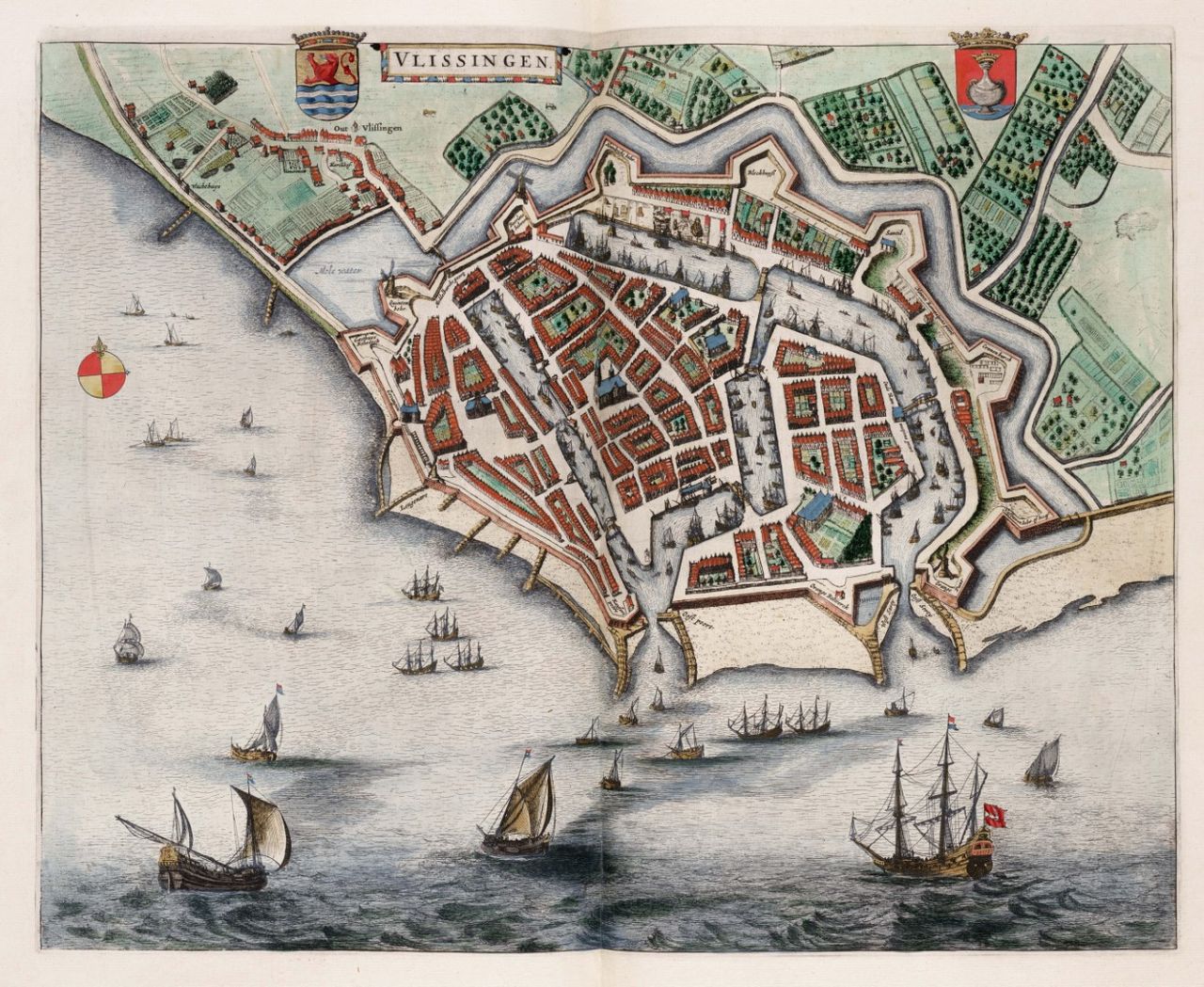

Old Seafarers Maps
Born and raised in Galle, the young illustrator Shehan Dissanayake knows the Fort like the back of his hand. He loves the place so much just that just talking about the banyan trees or the lighthouse brings a smile to his face. On a lovely summer morning, we meet him for a stroll around the ramparts, with a map in hand. Shehan explains how making this new map was a group effort. “We wanted to create something that reflects how proud we are of our heritage. Something so old, still so valuable. We want to pass on that feeling to the users.” That’s why they took their inspiration from the old seafarer’s maps. These old beautifully hand-drawn maps were created with such skill and precision. Each is a tribute to the maker’s artistic signature.
Shehan and Atheeq were part of a cultural mapping and storytelling project to rediscover the historic town through the lens of locals. A collaborative effort of iDiscover Academy, Ruhuna University and the Galle Heritage Foundation. Before putting pen to paper, they took a deep dive into Galle’s history. With the help of archaeology students, they sourced old pictures, maps and postcards and studied its long maritime history and colonial architecture. Also, they interviewed residents and shopkeepers and asked them about their favourite places and memories to understand what makes the Fort so special. Together, they unravelled old legends and discovered new narratives. They found there is much more to the place than its stunning setting and pastel-coloured facades; it is the melting pot of cultures and the creative, free-spirited nature of the people that make the place tick. Not just in the past but even today. The Fort is home to a community of colourful characters that together define the ‘Soul of Galle’.
We wanted to create something that reflects how proud we are of our heritage. Something so old, still so valuable. We want to pass on that feeling to the users.


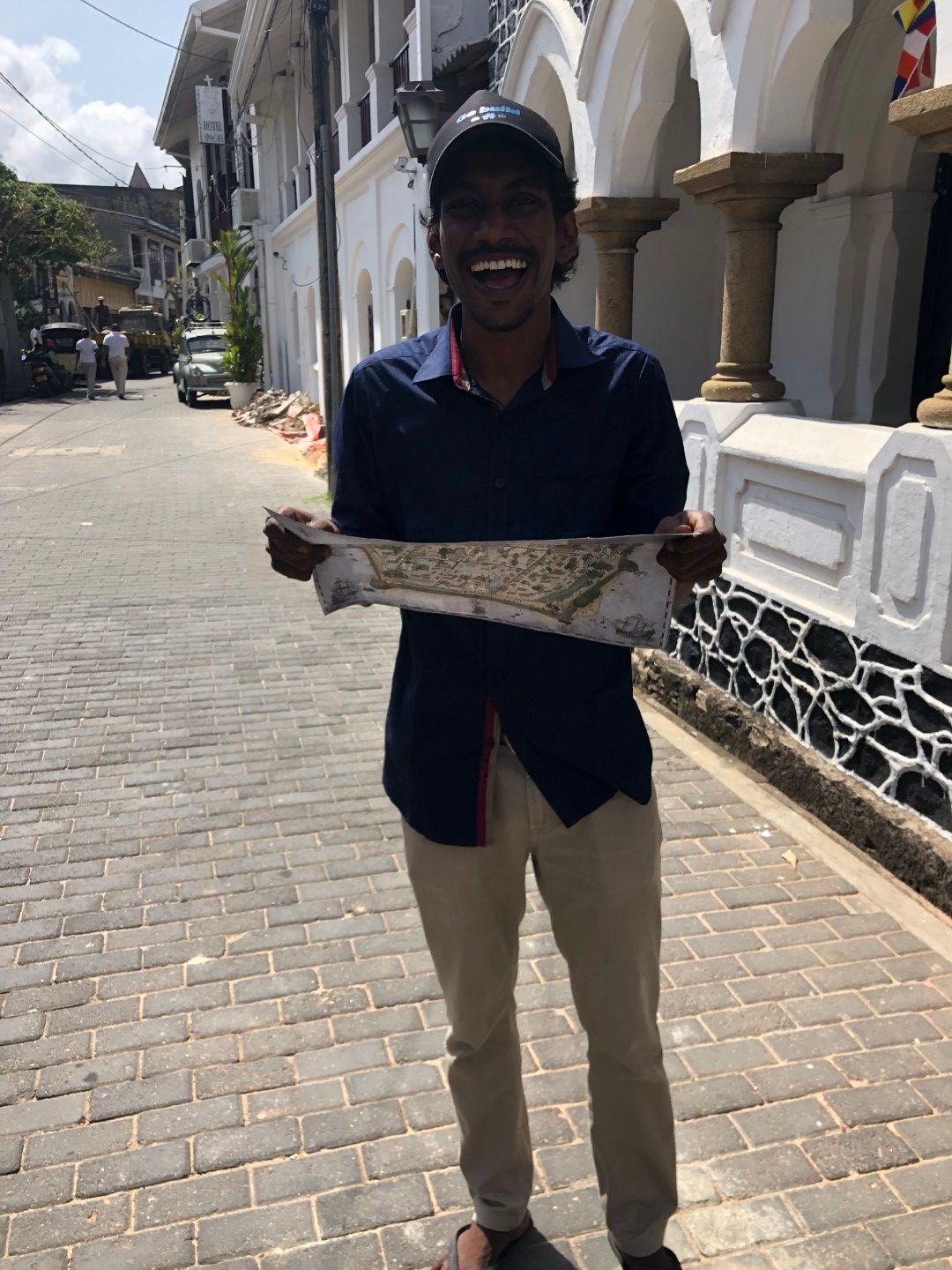


Fort Memories
Shenan shares one of the many childhood memories growing up in Galle: “We were playing football at the ramparts; my friend kicked the ball, and it accidentally smashed the window screen of a tuk-tuk that was parked by the temple.” I’ll never forget that incident, we had to pay the driver for a new glass.” Fort has always been a special place for Shehan: “I still love coming here. My favourite part is the area around Court Square. We take a drink around Dutch Hospital and hang out at the beach near the Lighthouse. We always enter Fort through the old entrance under the Maritime Museum, the big trees there make the entrance more dramatic, and more interesting.”
This map is no ordinary tourist map, it reflects the local’s favourite places to eat, pray and play. Once the group had narrowed down the buildings that matter most, sketching the outlines of the Galle Fort Map was easy. What was more challenging was to find the right angle for each individual building. Shehan shares: “I took pictures of the buildings and imagined what they would look from the other side in my head.” It took him three weeks to illustrate all the buildings. He drew each one by hand, first in pencil, then with ink. The first ones came effortlessly like the Fort Mosque and the giant old spice warehouse that is now the Maritime Museum he had drawn many times before. What’s harder were the buildings like the Anglican Church and Fort Printers: “Unless you have a drone, you can’t view these buildings from a bird’s-eye view angle.” When he was happy with the setting and the architecture, Shehan coloured in the map in tones reminiscent of the old days, capturing the atmosphere of Sri Lanka’s foremost heritage town.
It took three weeks to draw all the buildings. Each one has been drawn by hand. First in pencil, then inked and coloured in tones reminiscent of the old days.
It was at Moratuwa University that Shenan discovered his love for travel, adventure, and creative expression. The drawings of Chinese landscape architect Dr Kongjian Yu opened his eyes to the beauty of simplicity, the wonder of lines, and the power of colour. It was a twist of fate though that Shehan ended up in the landscape architecture course; it was only because his grades didn’t make the cut for an architecture degree that he ended up in the landscape discipline. With hindsight, it was a blessing in disguise as the broad scope gave him ample opportunity and freedom to do what he enjoys most: drawing. Shehan’s preferred tools are his pencil and ink pen; he’s never touched canvas or brushes.
All Shehan’s favourite places have made it onto the map: the big banyan tree at Court Square, the Lighthouse, the crazy diver at Flag Rock Bastion, and the swimmers at Lady’s Beach. Oh, and yes, the football pitch at the ramparts is there… not a tuk-tuk in sight.

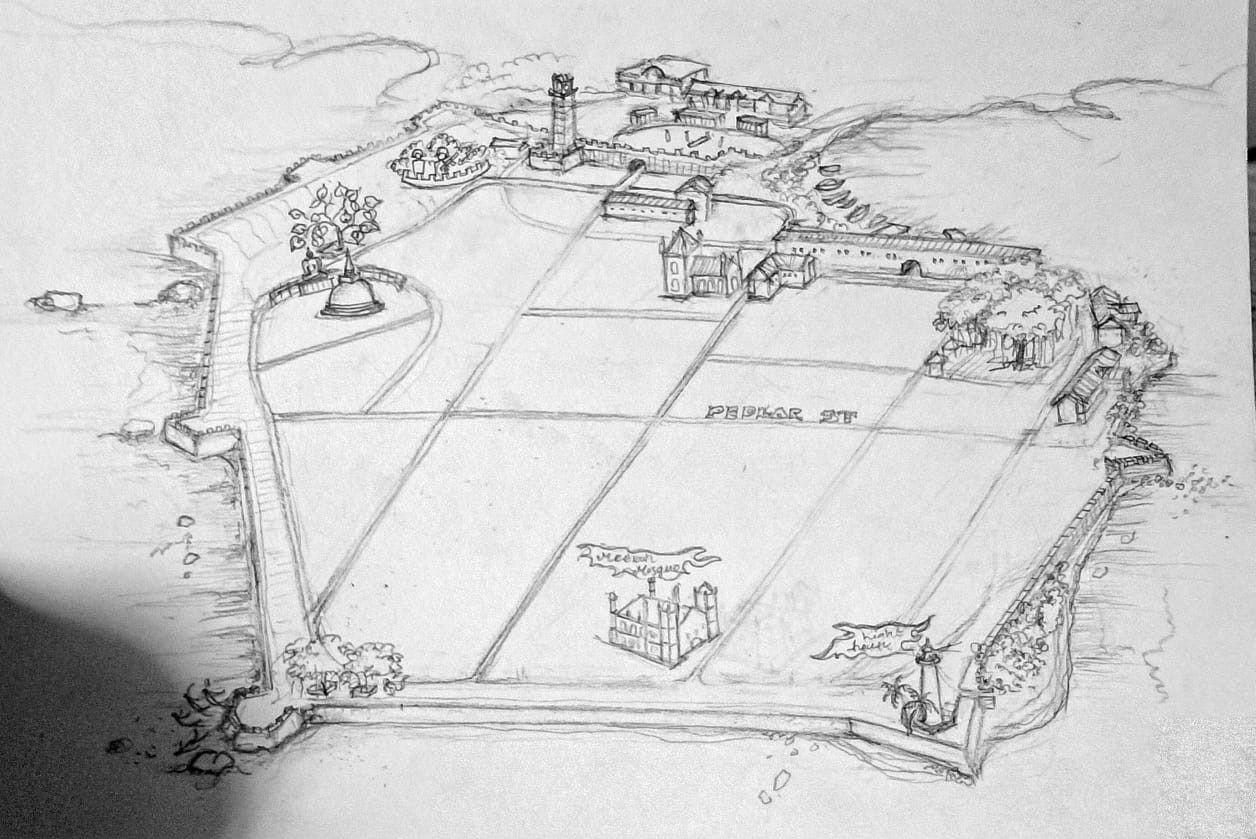
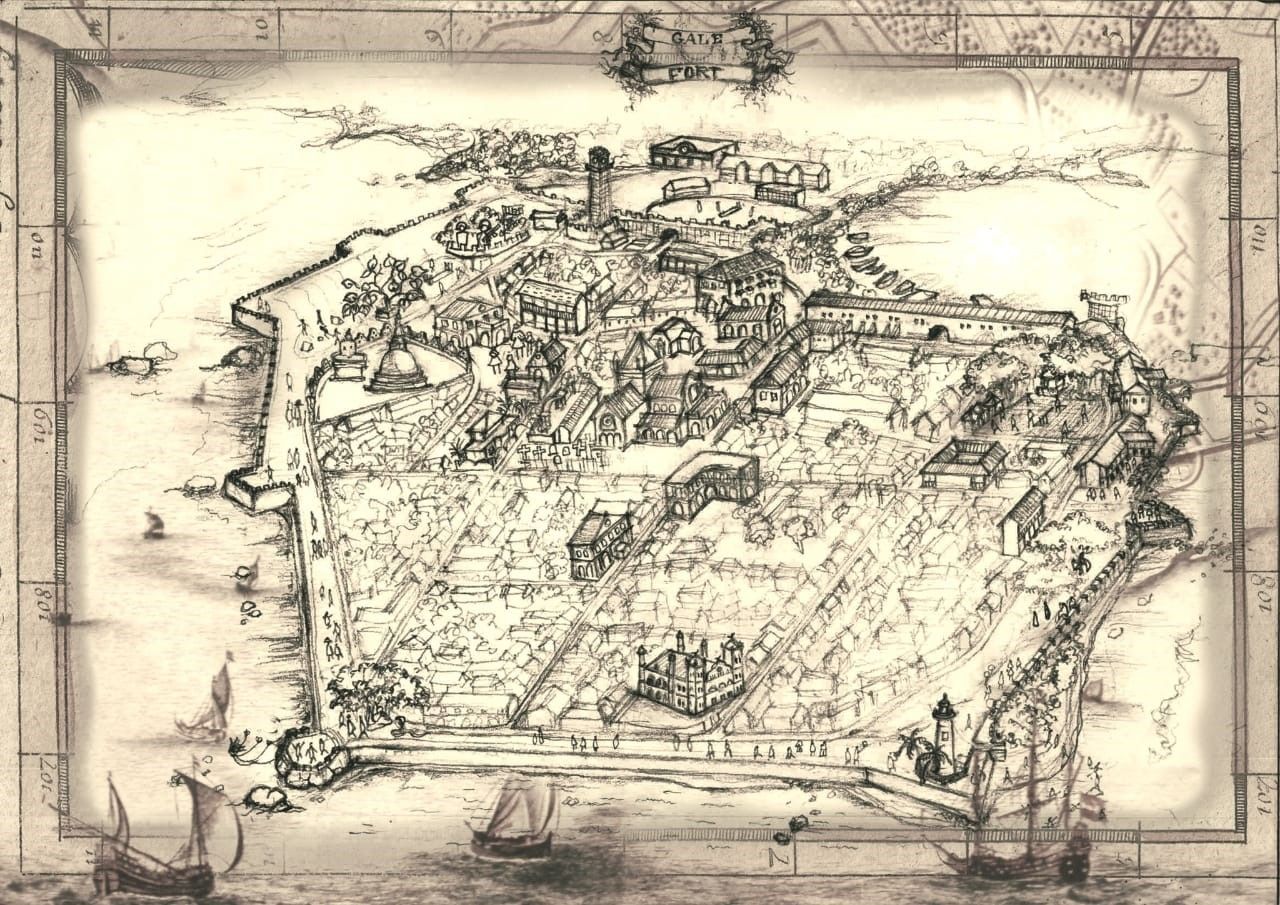
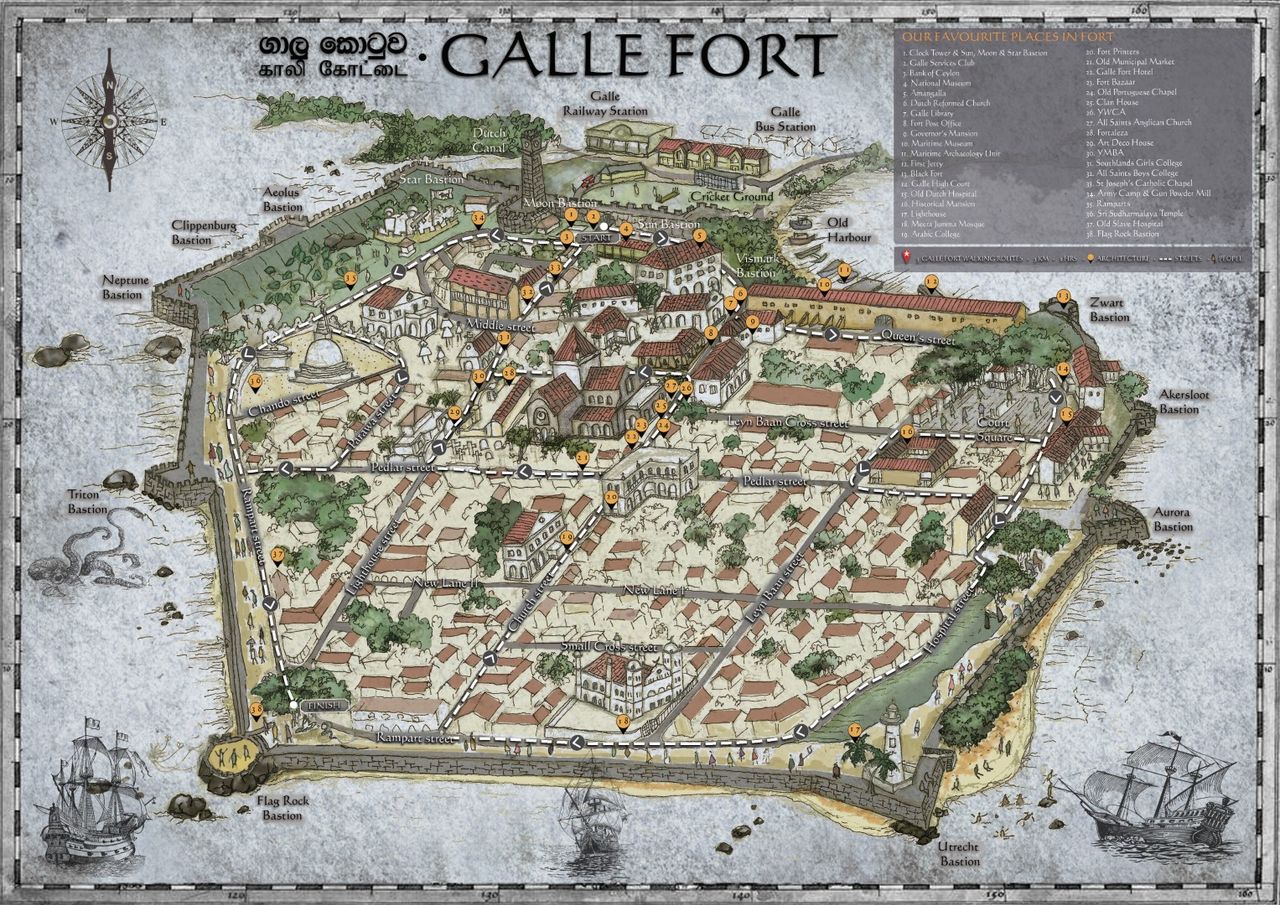
Sharing the Fort’s soul
Atheeq Ifthikar was the photographer for this community storytelling project. Born into a family that has lived in the Fort for generations, he is part of Fort’s DNA. As the founder of Ceylon Soul he has been giving walking tours of the Fort for many years: “I take a lot of pride in hosting curated cultural experiences. Who I am today has a lot to do with the Fort. It has moulded me in every way: the languages I speak, the philosophies I have in my head, and those I have met. This is my way of giving back.” He explains why Galle Fort is so special. “Here if people see someone they know, they always stop and say hi. A route which would normally take 30 seconds, takes 5 minutes in the Fort because people always stop to speak to you.”
Atheeq has not always been so in love with the place. When he was younger the Fort felt like a village, and he could not wait to leave. It was his experience living abroad that made him appreciate the place of his youth: “Living in Colombo and Singapore I learnt a lot, but this is where I have learnt the most. Just by observing how people interact here, you can learn a lot. The philosophy of the place includes oneness, unity, togetherness, sharing and caring. These are basic things that have always been practised here. Whenever there were riots or curfews outside the Fort residents just continued with their everyday activities.”
The fort has basically been my university. It’s where I’ve learnt everything.


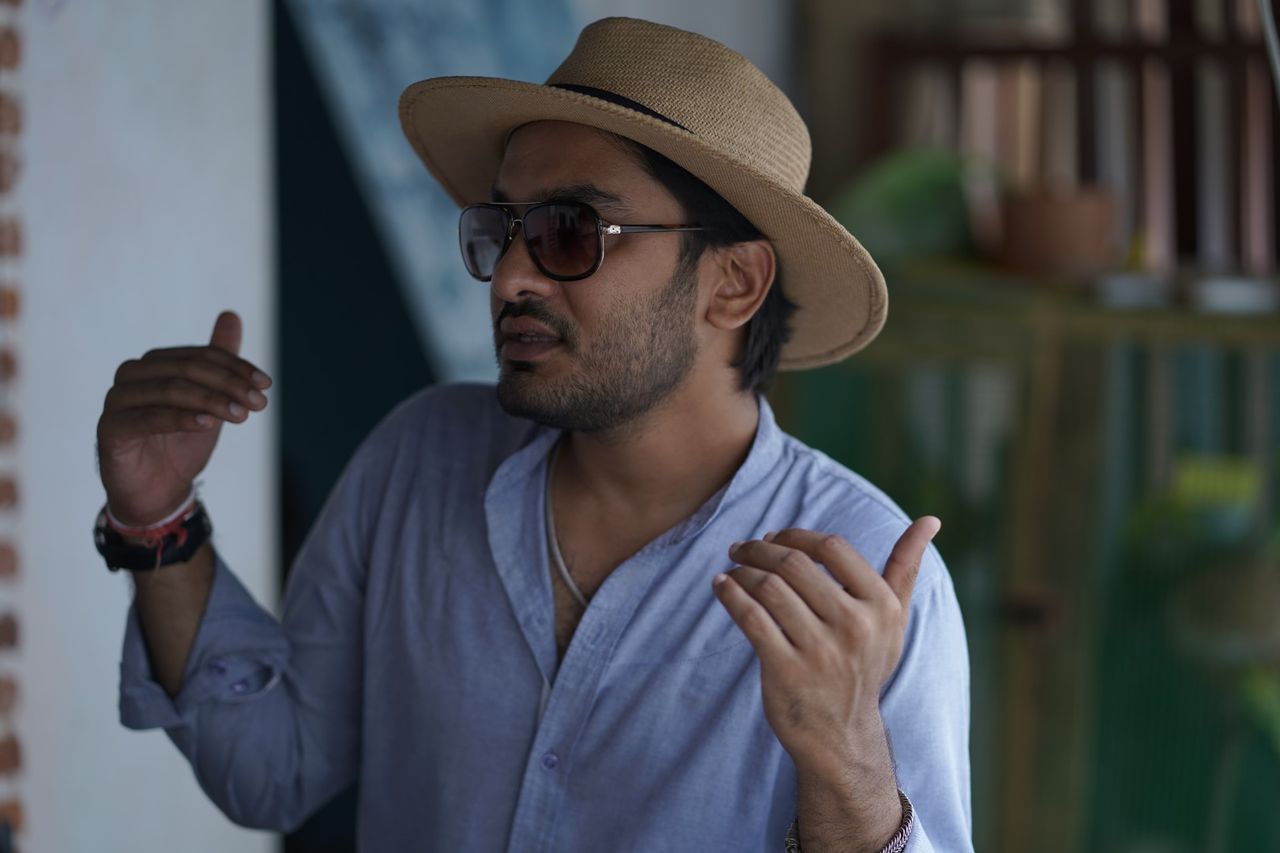
The spirit of place
When asked what makes the Fort different Atheeq explains how the protective walls have made it a special nook, not just in the wider city of Galle, but in the whole of the country: “Within the moss-dappled ramparts, a special community was moulded, a glorious potpourri of ethnicity grown over centuries. The pirates, kings, missionaries and merchants that came to these shores all left their footprints and it is their multicultural heritage that still lives on today. It makes the Fort one of these rare places where Muslim, Hindu, Buddhist and Christian residents live side by side. Unique in Sri Lanka, Galle Fort is home to a community that celebrates unity in diversity.”
Atheeq has experienced first-hand how history has shaped the lives of locals: “You have food that you can’t find anywhere else in the country…I’m talking really good food. The meal that reminds me most of the Fort is ghee rice, breadfruit curry, fried beef and salad. My introduction to chutney came from one of my aunties who lived in Leyn Baan street. She is famous for a phenomenal one made from dates, mangoes and limes.” Historically, people of the Fort have been exposed to so many different rulers and cultures. They’ve always had to adapt and as a result they are more open than in other places in the country. The vibe and togetherness also make the Fort a very safe place. Atheeq shares: “When our parents travelled, they would leave us with our aunties or neighbours; the community is like an extended family. They saw my sisters and I as a bundle of joy. Even though we were probably a trouble for them, they really took care of us.”
The Fort is also where Atheeq developed his love for photography: “I am not a historian or archaeologist. I don’t know all the precise details about every building, but I know about the community. The Fort is rich in every way.
I value this place so much and really treasure it. What I loved about this project is that we got to sit down and listen to people’s stories, and their memories of the place. It was like creating a collective history book through personal narratives. As a team it made us realise that it is important to record and reshare these stories, especially since so many heritage buildings are turned into hotels and guesthouses and the original families move away. Because without its memories, Galle Fort will just be empty facades, like a Disneyland.”
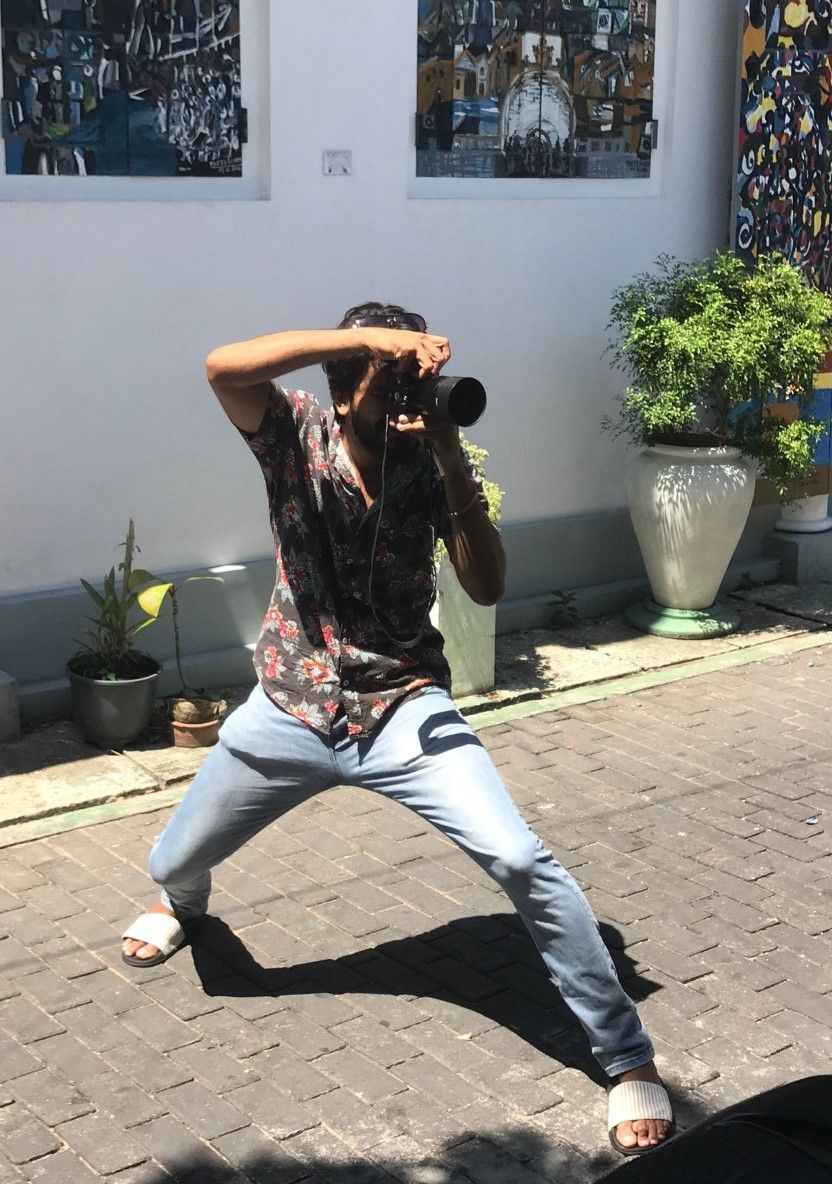
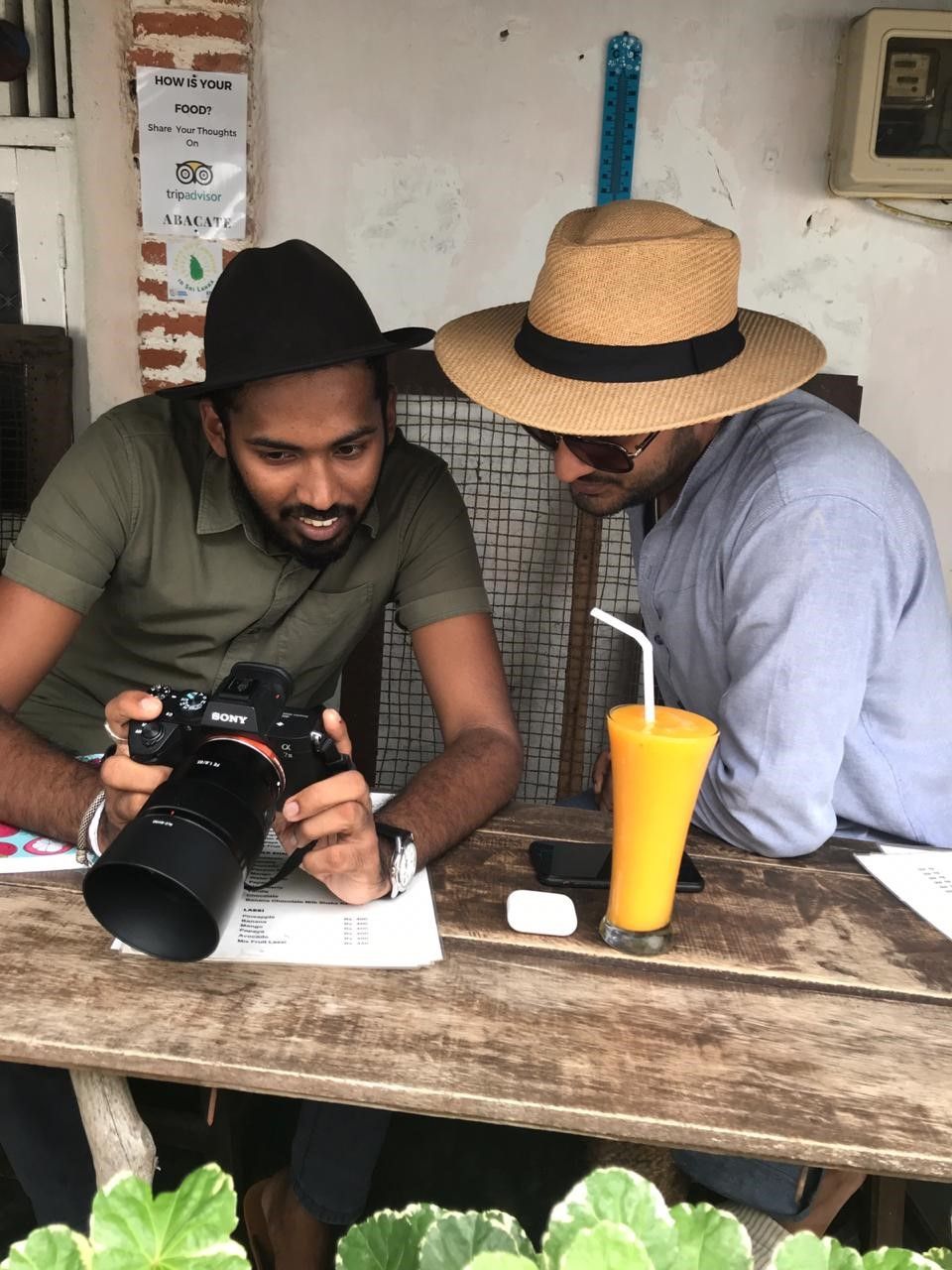
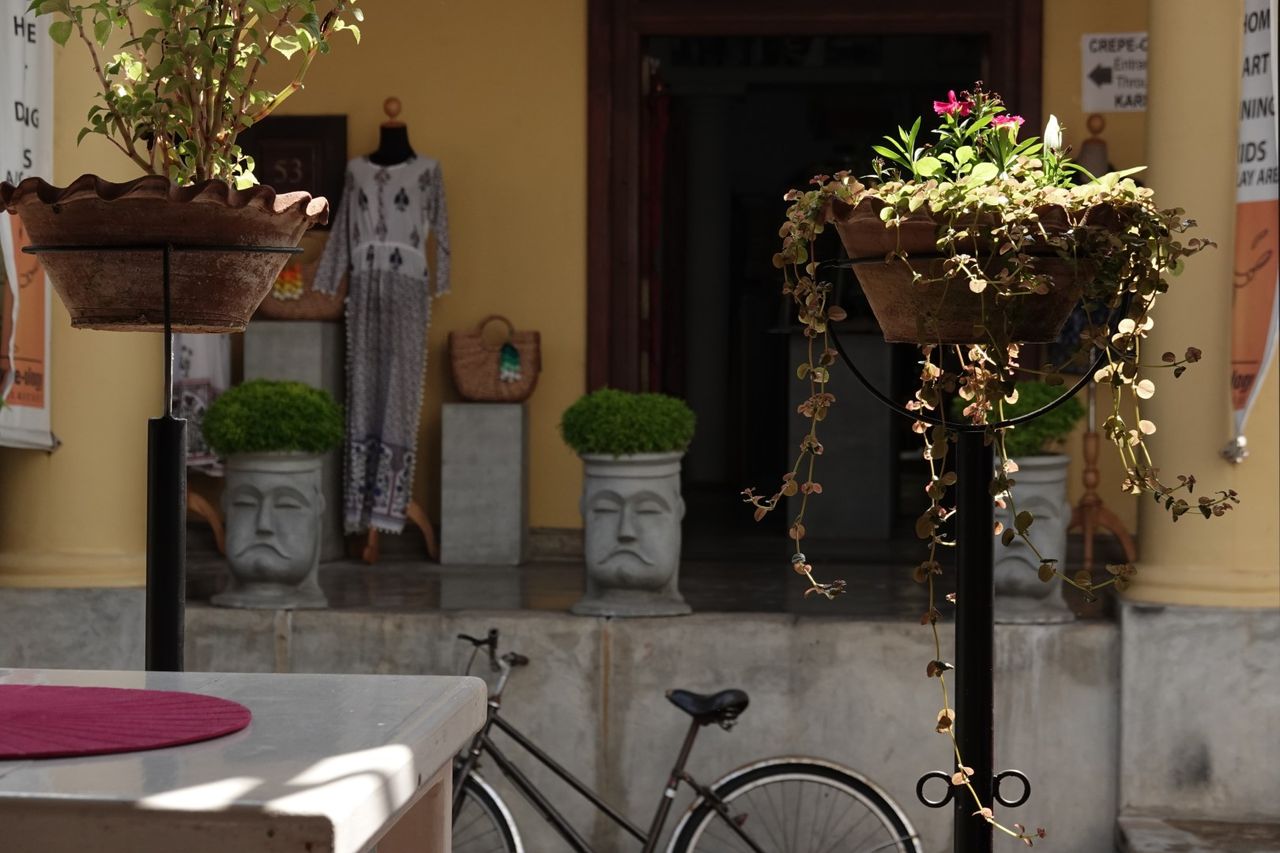

Without its memories, Galle Fort will just be empty facades, like Disneyland.
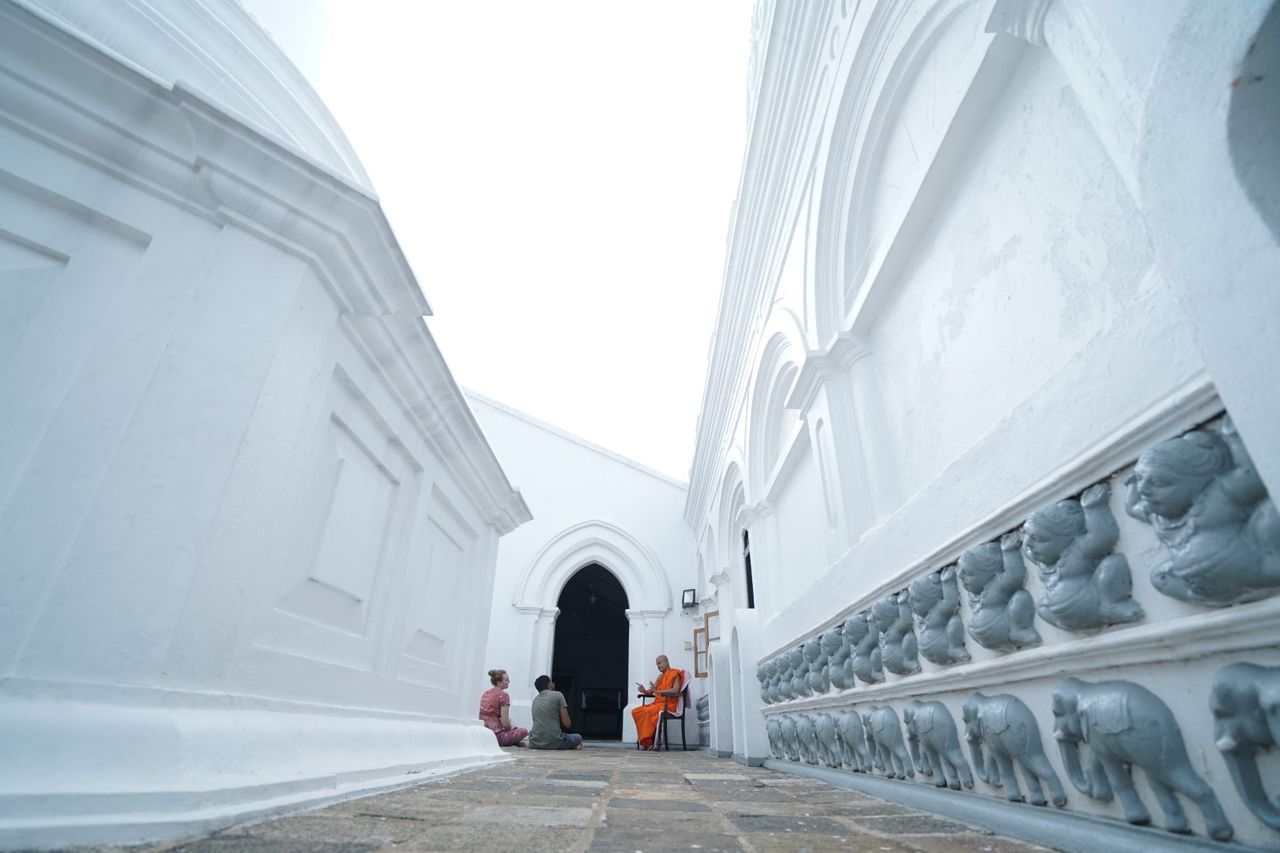

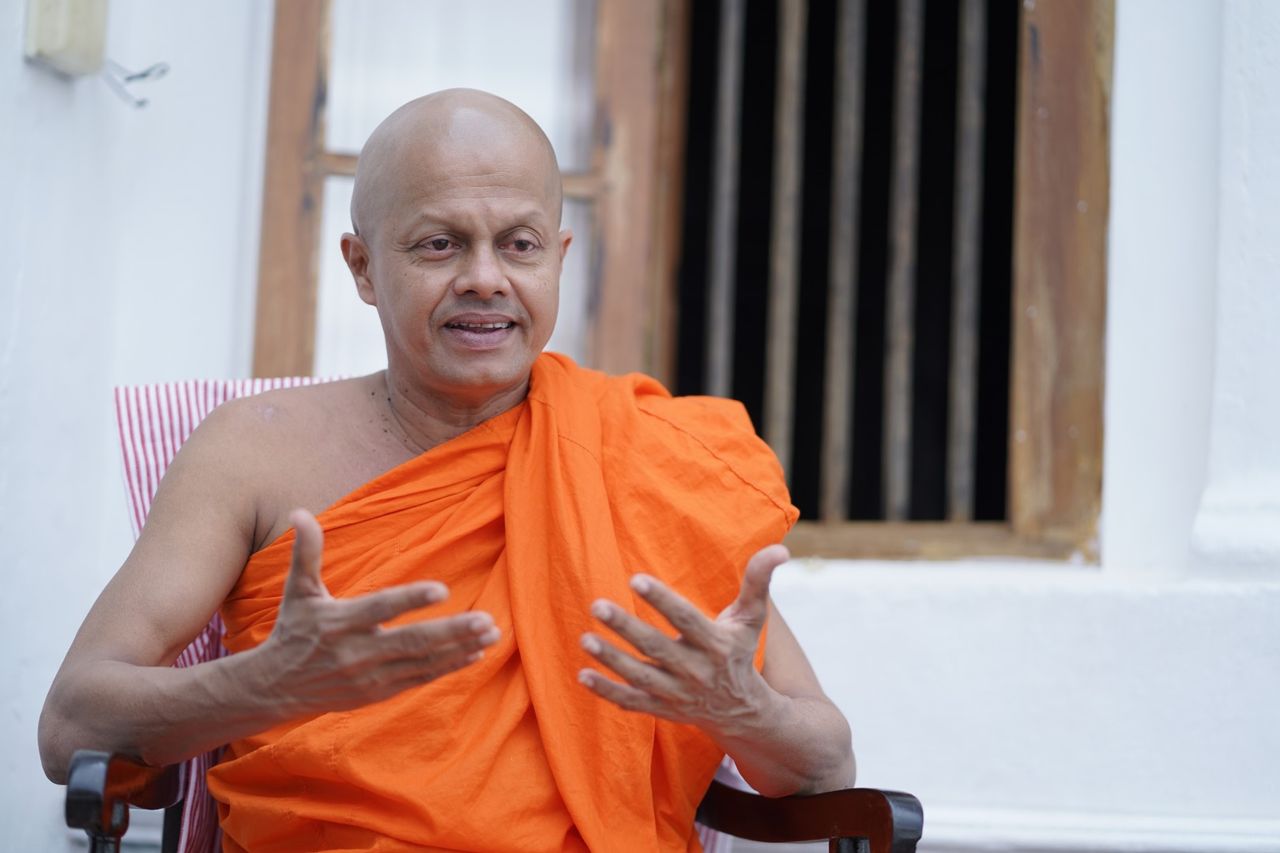
What defines Galle Fort? What comprises its DNA?
Compassion
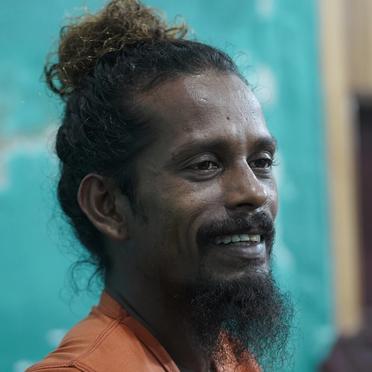
The Fort community is united. Residents know each other by name and house number, and often their families have a long history of friendship. Sharing foods at festival times, supporting the different religious institutions and each other is an integral part of everyday life.
Creativity
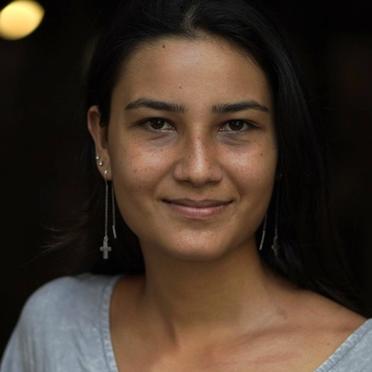
The Fort is a place that inspires artists, jewellery designers, experience creators, and restauranteurs. For many, it is a canvas that allows freedom of expression.
Passion
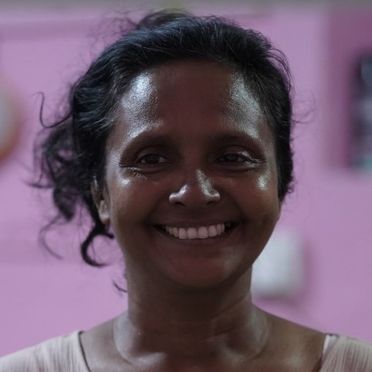
The Fort is a place where passions exist close to the surface. It’s common to meet people who love what they do whether it’s adrenalin-fuelled freestyle diving, sharing old recipes passed down through generations or preserving.
Pleasure
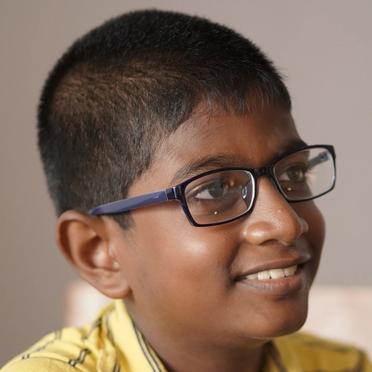
For many, the walled citadel is a playground. Each afternoon the ramparts and even some streets transform into cricket pitches. Residents and visitors swim off the beaches, families fly kites, children play outside their houses and the same ice cream seller arrives daily by bicycle as he has done for almost three decades.
Profession

A large part of the Fort’s vibrancy derives from the fact it is a place of life and work. Each day professionals from all fields can be found engaged in their trade whether they are fishermen, divers, teachers, lawyers, clerks, shopkeepers or librarians.
Reflection
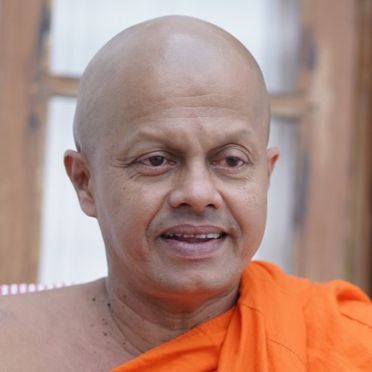
Home to a multi-faith community, the Fort is a spiritual place which inspires reflection. Religious leaders from the mosque, the Buddhist temple and the churches regularly meet to support each other. Those connected to the walled citadel have wonderful stories to share — of history, culture and philosophy.
Meet the people, hear their stories, learn what they love
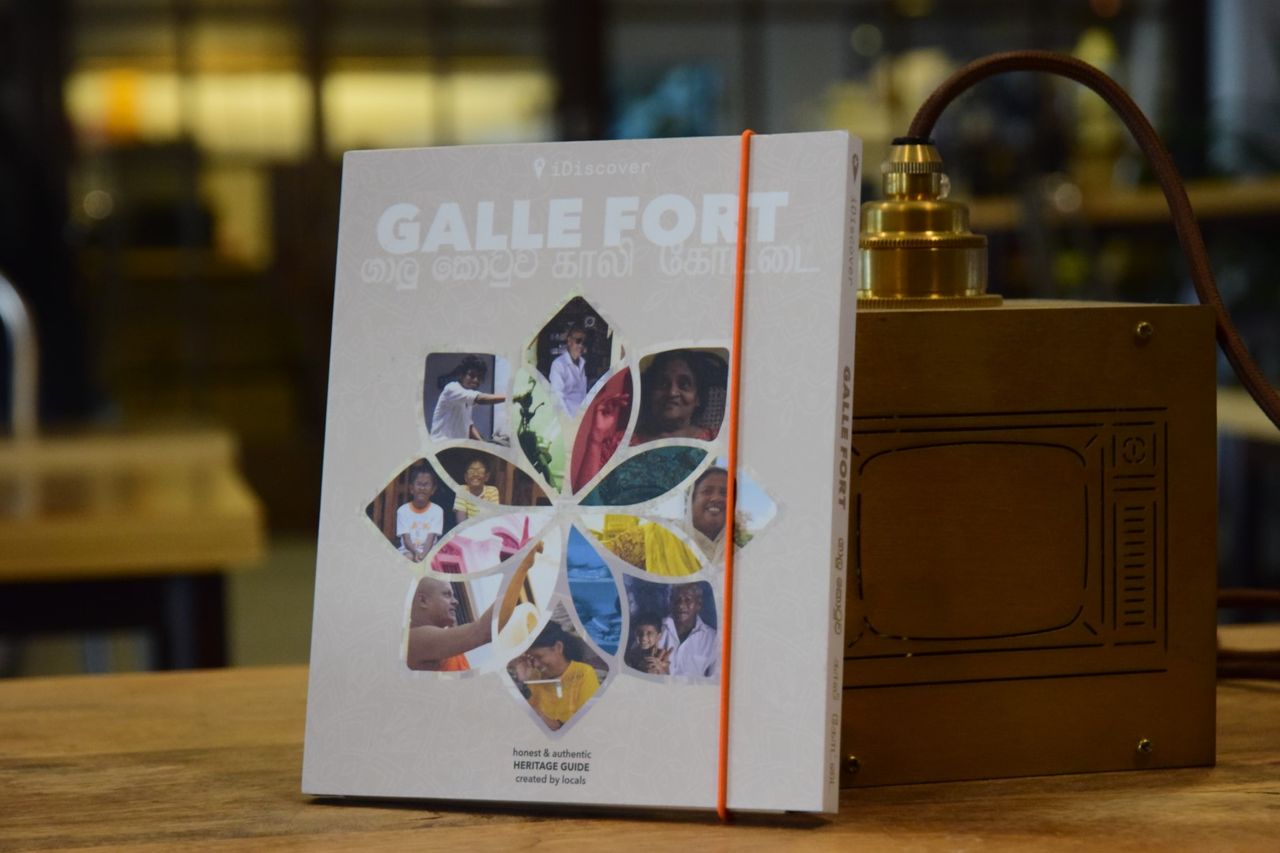
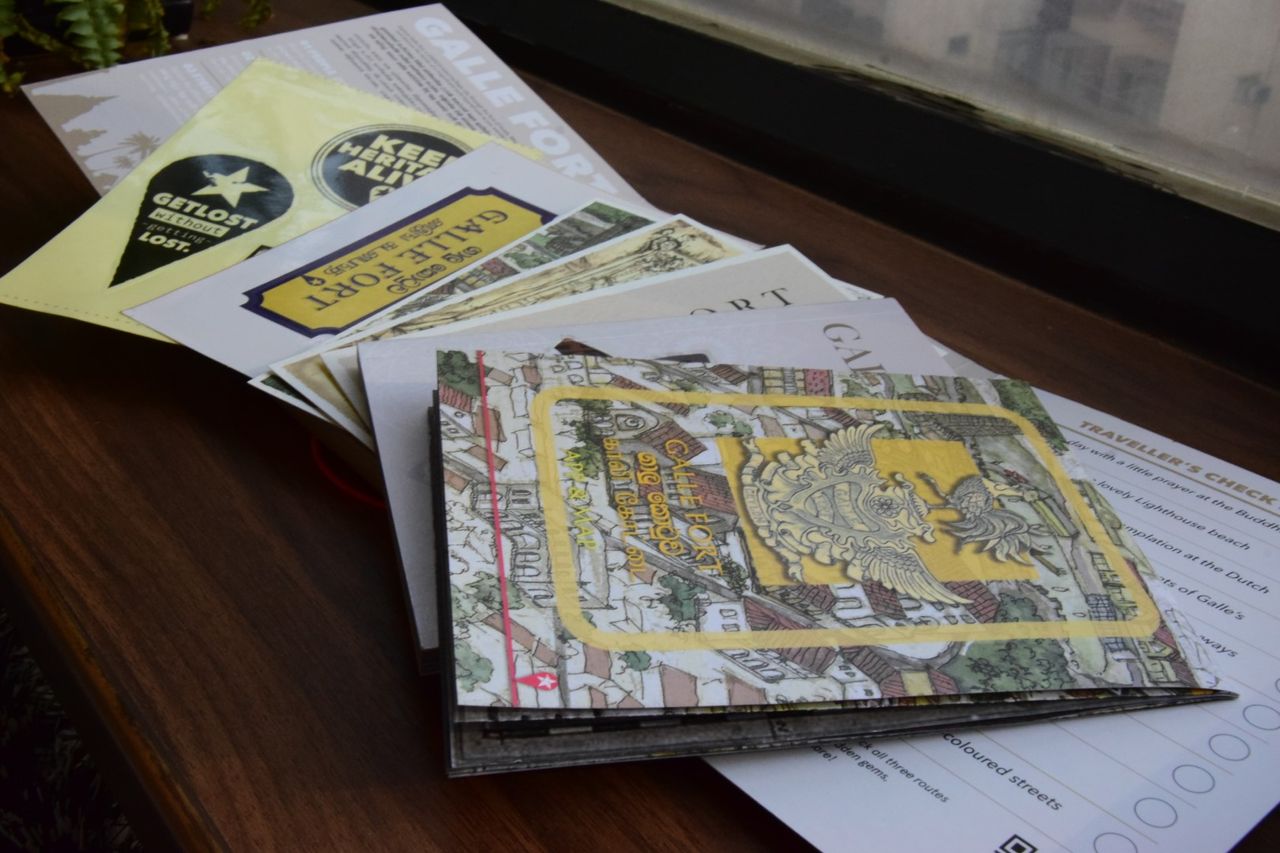
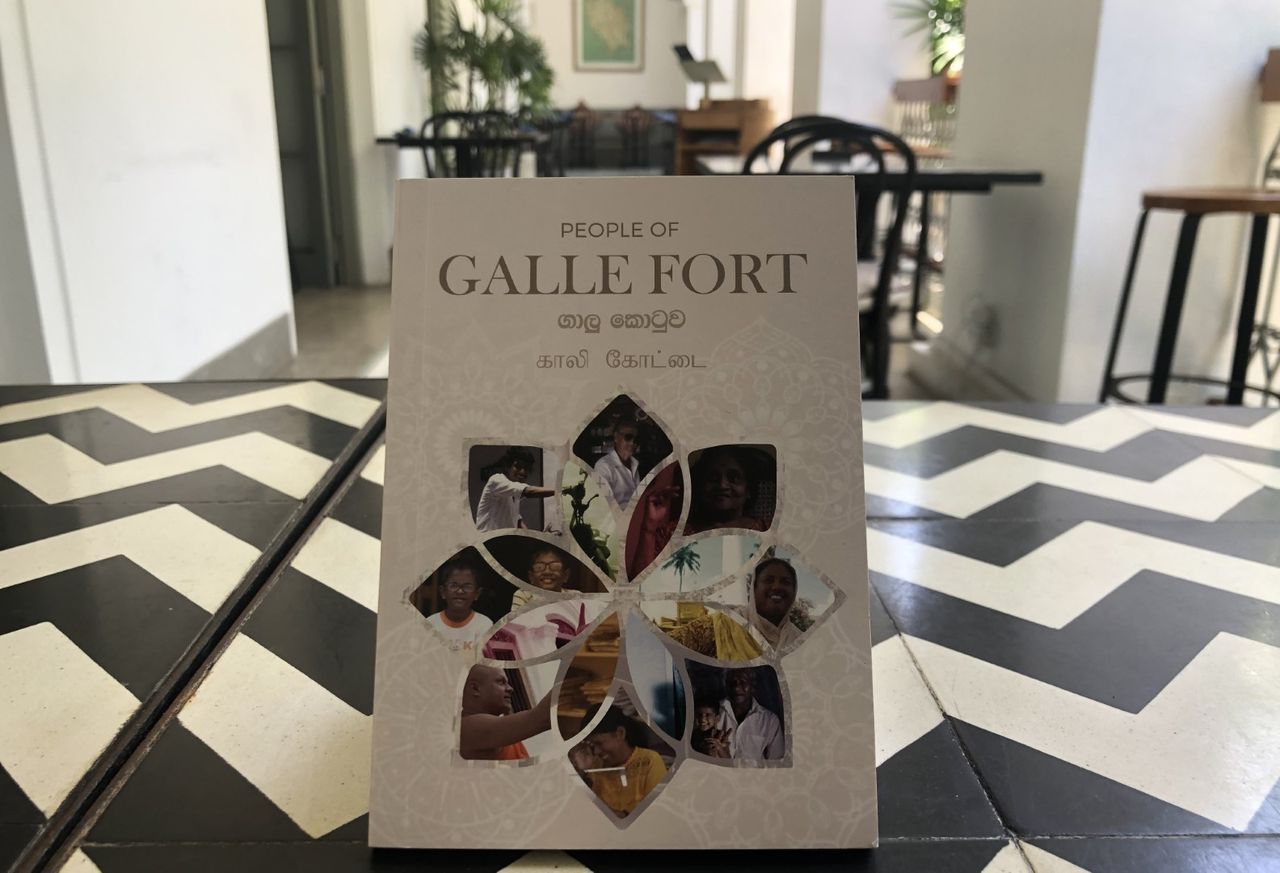
Credits
Written by

Photos by
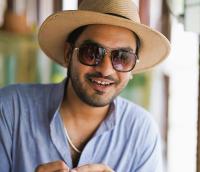
Designed by
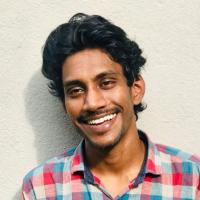
About
Daisy Perry
Daisy is a writer who finds inspiration in everyday Sri Lank- an life. She loves listening to and recording people’s stories. In the Fort, she is most likely to be found having tea with friends or having a swim off Lady’s Sea Bath Beach.
@daisyperry1Atheeq Ifthikar
Atheeq is a photographer with a passion for Galle Fort. In fact, it is here that he learnt how to use a camera. He loves capturing people’s unique characteristics. Atheeq is most likely to be found on the ramparts giving a walking tour or at his friend’s art gallery on Leyn Baan Street.
www.atheeqifthikar.comShehan Dissanayake
Shehan is a Landscape Architect, who tries to expose the intangible sense of a place to the world. Inspired by historic seafarers, he created a map of the city he loves.
@shehan.d.ace